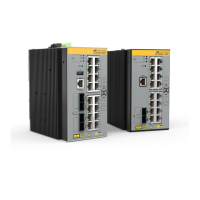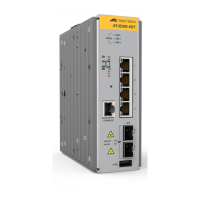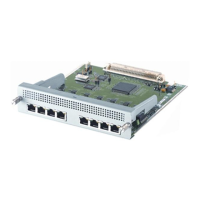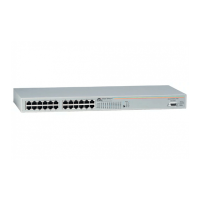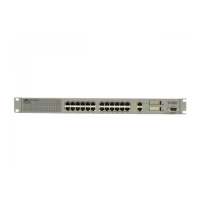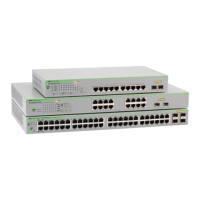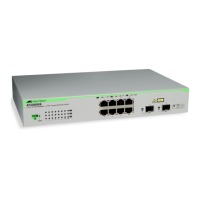Chapter 4: Cabling the Ports
89
The appropriate MDI/MDI-X setting for a switch port connected to a
10/100Base-T network device with a fixed wiring configuration
depends on the setting of the network device and whether the
switch and network device are connected with straight-through or
crossover cable. If you are using straight-through twisted pair
cable, the wiring configurations of a port on the switch and a port
on a network device must be opposite each other, such that one
port uses MDI and the other MDI-X. For example, if a network
device has a fixed wiring configuration of MDI, you must disable
auto-MDI/ MDI-X on the corresponding switch port and manually
set it to MDI-X. If you are using crossover twisted pair cable, the
wiring configurations of a port on the switch and a port on a
network device must be the same.
Ethernet cables that are connected to outdoor equipment, such as
CCTVs mounted on poles, might be subjected to surges from
lightning or power cross events. Properly rated primary protection
devices must be installed on the cables before connecting them to
the switch.
When you use an SFP module, Allied Telesis recommends leaving
the adjacent copper port unused. When an SFP slot and its right-
side copper port are used, the space between the SFP module and
port cable is so limited that disconnecting the cable is difficult. See
Figure 13 on page 62.
Be aware of the space issue and use a flat tool to disconnect the
port cable if you decide to use both SFP slot and copper port next
to each other.

